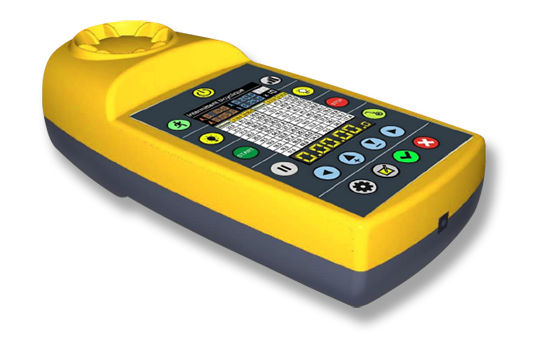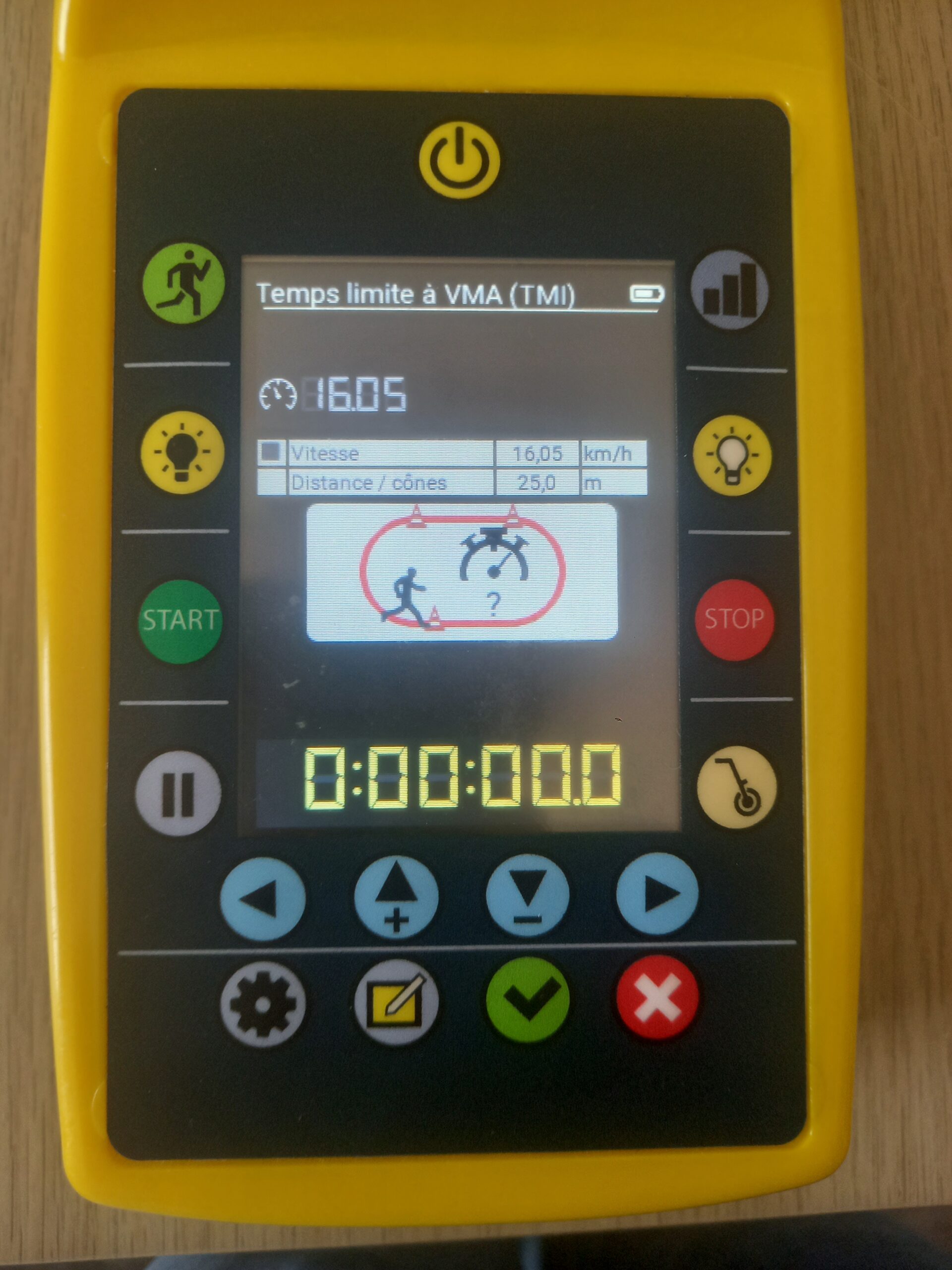1.The concept of “time limit at MAS”
This article will look at the notion of the time limit at Maximum Aerobic Speed (MAS). This measure is closely related to the VMA tests, which include the Vameval test and the 45-15 test, which are among the most reputable. For any physical trainer or sports coach, it is essential to know the MAS of their athletes, as it allows them to adapt and customize their training programs.
The main objective is to promote the athlete’s progress while minimizing the risk of injury. It is important to take into consideration the individual characteristics of each athlete, such as age, performance level, gender and ability to excel, in order to design effective workouts that are tailored to each individual.
2.Materials needed
To complete the training protocol, you will need the following equipment:
- Studs to delineate training areas and landmarks on the track.
- An athletics track of at least 200 metres in length, ideally equipped with clear marking lines to make it easier to track distances.
- A soundtrack, such as the sportbeeper pro which will be used to punctuate the training by emitting beeps to indicate changes rhythm or time intervals.
These elements are essential to ensure the effective implementation and conduct of training sessions according to the planned protocol.
3.Conduct of the training
For this training phase, you need to:
- 1.Choose Running Speed: Select the speed at which you want your athlete to complete the run. This speed should correspond to a percentage of their Maximum Aerobic Speed (MAS).
- 2.Place the studs: Arrange the studs at preset intervals of 20, 25, 50 or 100 meters, depending on the distance or cones you have chosen to mark the course. These markers will serve as visual cues for the athlete during the race.
- 3.Complete Exercise: When the athlete loses synchronization with the cones or markers, it means that the exercise is complete. At this point, note how long the athlete was able to maintain the expected pace.
- 4.Use as a verification medium for the VMA test: This test can be used as an additional means to verify the athlete’s MAS. It offers additional information on the athlete’s ability to maintain a continuous effort at an intensity close to their MAS.
- 5.Recommended preparation: Before starting the test, it is strongly advised to devote about twenty minutes to a proper warm-up to prepare the body for the upcoming effort.
- 6.Test Timing: Ideally, schedule this test one to two weeks after completing the initial VMA test. This allows for more reliable data on the athlete’s performance.
The main objective of this test is to determine how long the athlete is able to maintain an intensity of effort corresponding to his Maximum Aerobic Speed. In other words, it measures how long the athlete can run at maximum intensity, providing valuable insights into their endurance and ability to maintain a steady pace.
Véronique Billat,a former student of Georges Gacon, a physiologist, she and her team carried out studies on the time of maximum MAS. The latter have shown that 100% of the MAS takes place between 4 and 11 minutes.
In addition, Georges Gacon used the VMA time limit at the return level of injured hamstrings in order to know if the player was ready to return. If the player feels fatigue, it means that they are not ready enough to resume.
With the help of this exercise, it is also possible to make the athlete work at a certain percentage of the MAS. As an example, we can take the example of a player who has 20 MAS. If we want him to work at 90% of the latter, that means that we want him to work at a speed of 18 km/h.
The sportbeeper is the ideal tool for carrying out this test.



